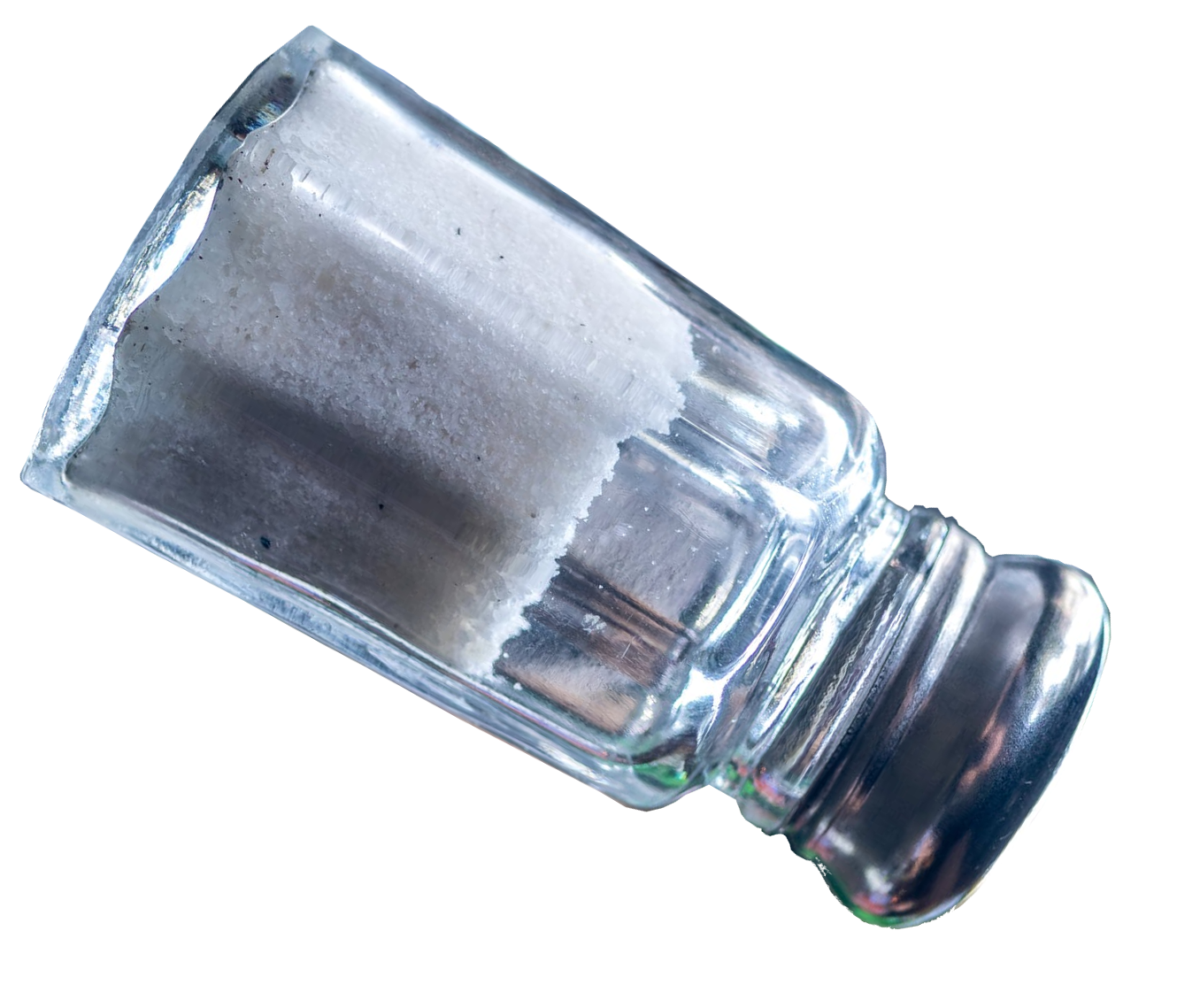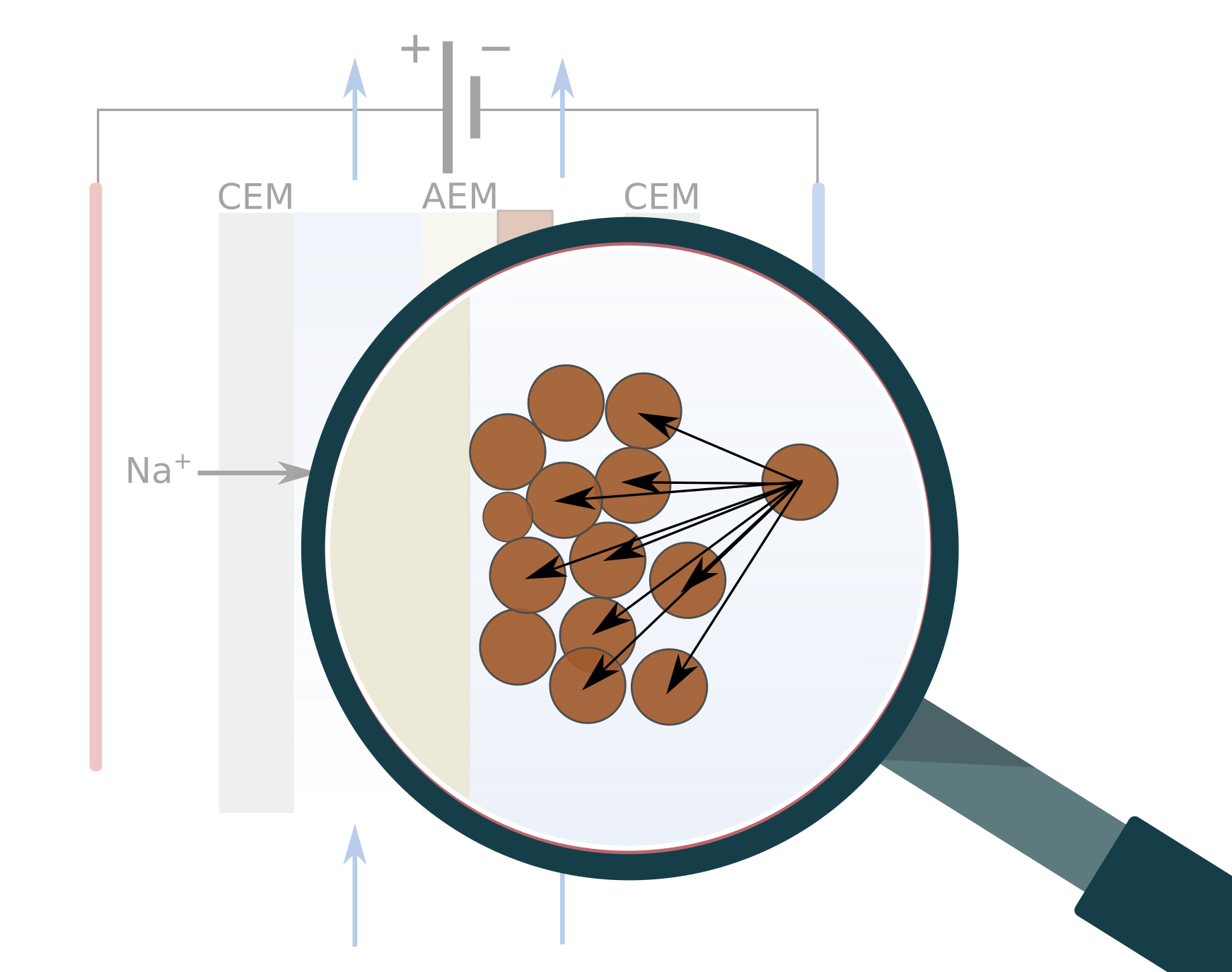A machine learning approach to model electrodialysis fouling
Bram De Jaegher

A machine learning approach to model electrodialysis fouling
Bram De Jaegher, Wim De Schepper, Arne Verliefde, Ingmar Nopens

A machine learning approach to model electrodialysis fouling
Bram De Jaegher, Wim De Schepper, Arne Verliefde, Ingmar Nopens
Electrodialysis removes charged components from liquids

Electrodialysis removes charged components from liquids

Electrodialysis removes charged components from liquids

Some charged components are annoying...

Some charged components are annoying...

Some charged components are annoying...

Some charged components are annoying...

There are many factors that influence fouling
Modelling particle interactions is expensive
$ F_{p,i} = \sum{F_{p,j}} + F_{mem} + F_d \\ + F_{am} + F_h + F_l + F_e + ... $
→ need for an efficient description!
Different models have different purposes
It is a black-box differential equation

It is a black-box differential equation

Let us test this on a simple example...

Let's perform some experiments
Let's perform some experiments
22 timeseries at different process conditions
Some examples of experiments
A continuous representation of the fouling rate
Summary
- Electrodialysis fouling is a complex process
- Fouling dynamics can be modelled with neural ODEs
- Neural ODEs can be predictive even for a limited dataset
Perspectives
- Integration of mechanistic knowledge (mixed neural ODEs)
Summary
- Electrodialysis fouling is a complex process
- Fouling dynamics can be modelled with neural ODEs
- Neural ODEs can be predictive even for a limited dataset
Perspectives
- Integration of mechanistic knowledge (mixed neural ODEs)
Summary
- Electrodialysis fouling is a complex process
- Fouling dynamics can be modelled with neural ODEs
- Neural ODEs can be predictive even for a limited dataset
Perspectives
- Integration of mechanistic knowledge (mixed neural ODEs)
Summary
- Electrodialysis fouling is a complex process
- Fouling dynamics can be modelled with neural ODEs
- Neural ODEs can be predictive even for a limited dataset
Perspectives
- Integration of mechanistic knowledge (mixed neural ODEs)
Summary
- Electrodialysis fouling is a complex process
- Fouling dynamics can be modelled with neural ODEs
- Neural ODEs can be predictive even for a limited dataset
Perspectives
- Integration of mechanistic knowledge (mixed neural ODEs)














